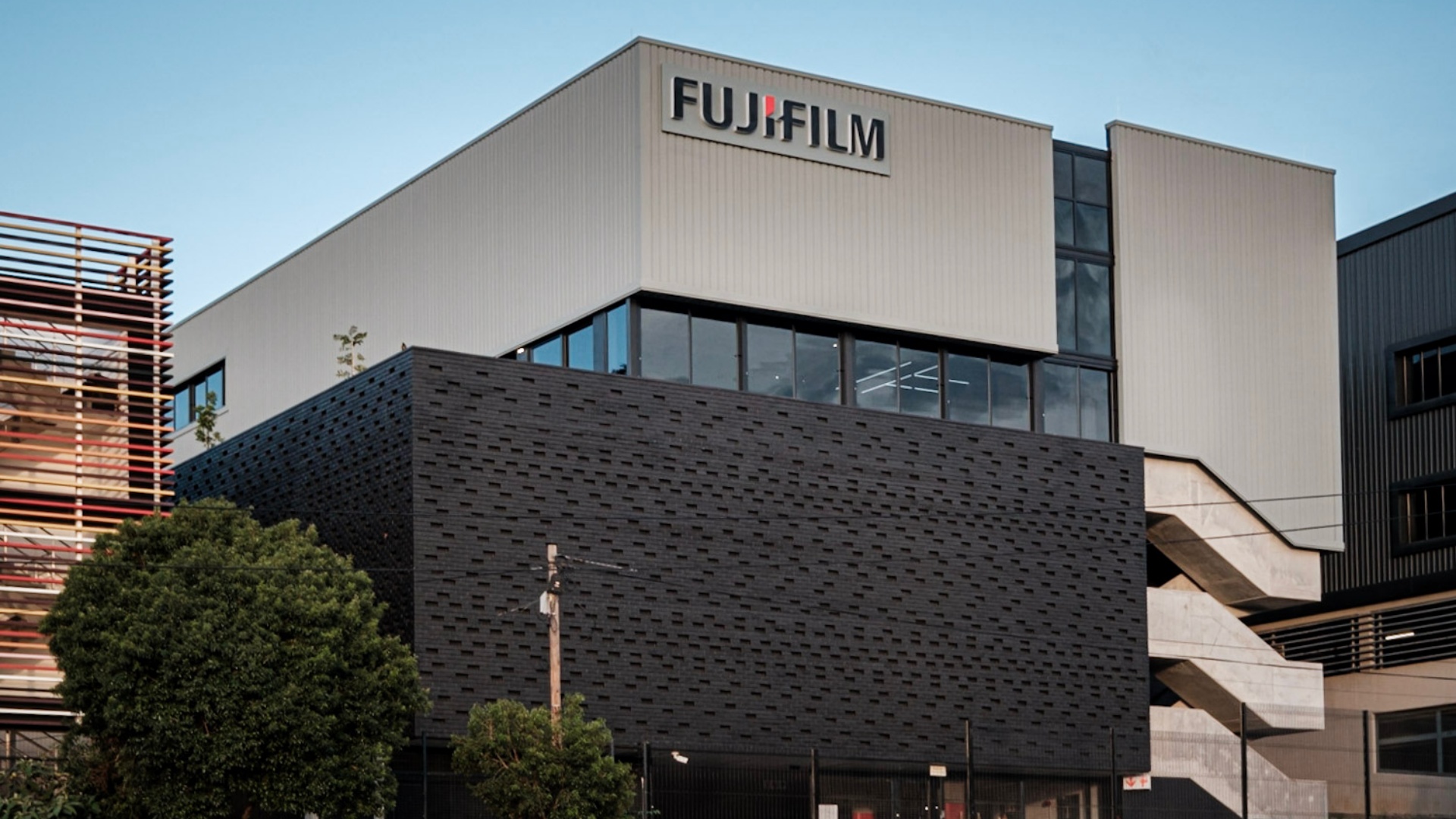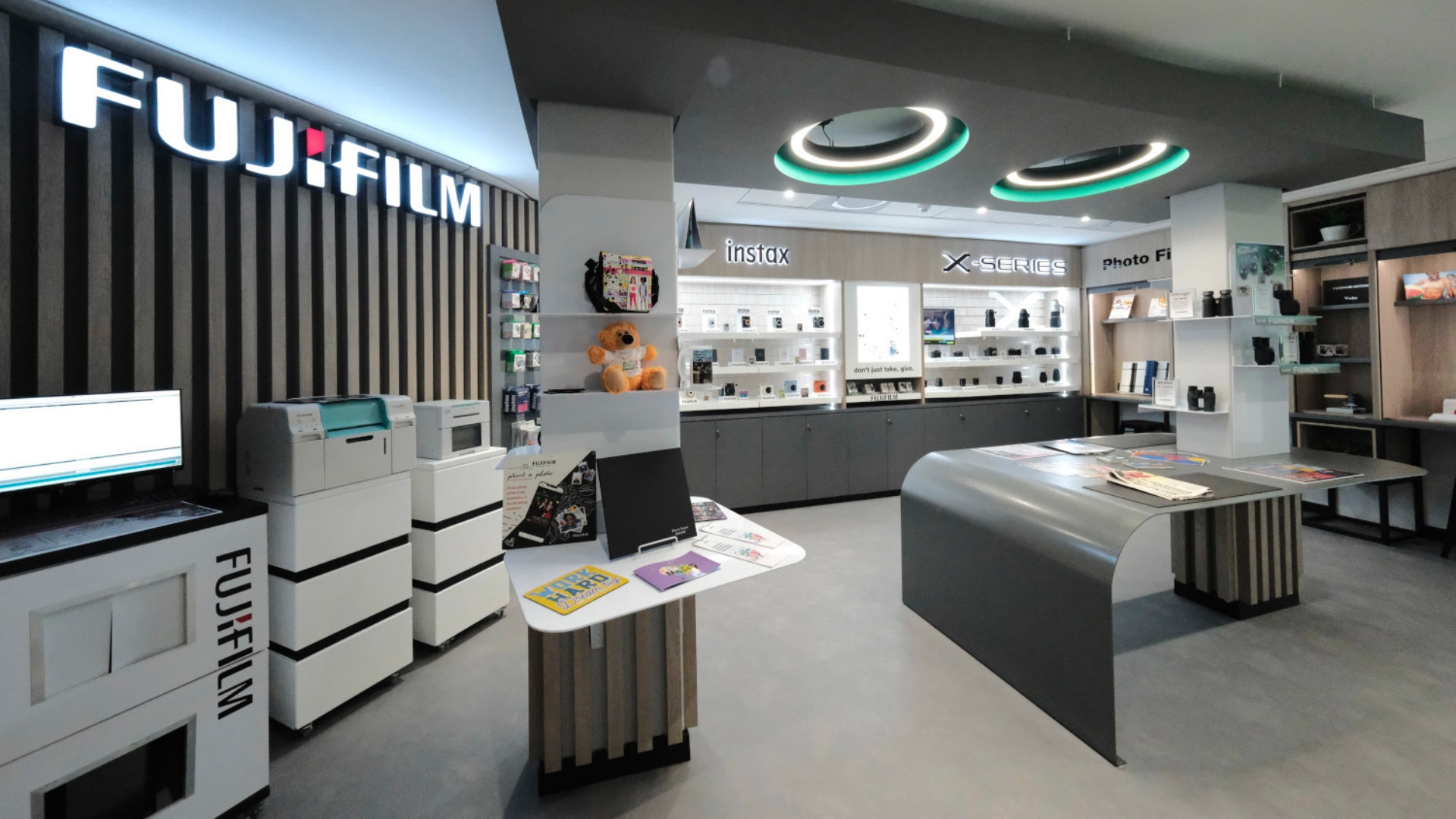2023 is going to prove an important year for many companies operating in South Africa. For photography, optics, printing, and medical electronics specialists Fujifilm, this year is no different.
The company has already made some significant changes, having this week officially opened its new head office in Sandton. The new location, along with serving as a Fujifilm Technology Centre in Africa (the only one on the continent currently), is also part of the company’s larger sustainability goals.
Added to this, it will serve as a space for local training, demos, and experiences for all the products that Fujifilm has to offer.
To gain an insight into what else is planned for the coming year, we spoke with Wessel Visser, director of the corporate group of the company.
Here’s what he was able to elucidate.

Hypertext: Congratulations on the new head office. What prompted the move to this new location?
Wessel Visser: I think as many companies were, we were affected by COVID. People worked form home for a long period of time, and we lost a little bit of that personal interaction. We were in a building in Woodmead, a big building, and it catered for people coming into the office every day and going home.
But that facility did not have the demo centre and the technology centre that we needed, which is key for us. We had a technology centre in our warehouse in Roodepoort, but that’s an industrial area and not ideal for taking customers to, or for events in the evening.
So we needed to find a solution, and that’s where we spoke to the landlord at our warehouse, and he had a building that would suit our needs. After talking to him, we realised that this space would be ideal, as it allows for hot desking for our employees, as well as rooms for meetings. Most importantly though, it allows us to have a world-class demo centre, where we can really interact with our customers across all our products, showing them what Fujifilm is really about.
One of the big plans in the works is accredited courses for our medical devices, offering training for radiographers and radiologists, and this space is perfect for doing that.
We can also train our distributors and their customers about products. We have an auditorium, and, with the aid of technology, can hold sessions with both in-person and virtual attendance.
Hypertext: What has happened to the Roodepoort warehouse now that Fujifilm SA is in this new space?
WV: That still remains our warehouse.
What we have done is create a satellite office facility at that location as well, as we have a lot of staff living in the West Rand. They can just use that space when they need to come into the office. We have hot desks there, so they just need to book online when they need to.
It’s an important thing to have for our employees, especially with loadshedding while they work from home.
That facility is also going to be fully off the grid in the next couple of weeks thanks to a solar solution we are installing there.
Did you know @FujifilmZA has devices for the medical field too? This is its latest product for flexible endoscopic procedures. It can also be paired with an AI unit to assist doctors with detection and diagnosis. pic.twitter.com/aFNo3b5gAG
— Hypertext (@htxtafrica) February 22, 2023
Hypertext: Shifting to the medical devices that Fujifilm offers, it is not a segment that many consumers would know about. Is this going to a big focus for the company locally this year?
WV: 2023 is an exciting year for us. We have a lot of innovative products that we are discussing with SAPHRA to register. One of the devices we’re in discussions about is the Xair (portable x-ray machine).
We’re also driving our IVD (in vitro diagnostics) and pathology business this year. We have particularly found success in regions and countries outside of South Africa were the resin pack system is, and are looking to do the same now here.
Those are some of the things we’re looking at, but first is getting our products approved by SAPHRA. In future we’re looking to partner with local hospital groups and NGOs to really look at how we can use technology to help people in South Africa.
Fujifilm has a wide range of technology to make available locally, and now our job is to get it to those who can make use of it, and get the level of care that they really need.
Another area is NHI, which is something we’d definitely like to partner with government on. We need to look to technology to solve this problem, it’s not going to be bricks and mortar, or bringing doctors in from outside our borders, that’s not what we need to get NHI to work in my opinion.
Hypertext: You’ve mentioned that the technology and devices are here. With that in mind how have supply chain issues during the height of the pandemic changed in recent months?
WV: That was a big problem, especially during COVID.
For some strange reason, you could not find a (shipping) container for love of money, and the chip shortage, along with a few other factors all contributed to issues across our product lineup.
Where we previously used to have a lead time of four to six weeks on shipping in devices from Fujifilm operations across the globe, it is now closer to eight weeks.
I think the challenges are being addressed, it is getting better. Lead times are not as long, and the cost of shipping is starting to come down.

Hypertext: With those costs coming down, is there any scope for consumers to see lower RRPs on Fujifilm products locally?
WV: Unfortunately I cannot promise a drop in prices, but I can confidently say that we won’t be seeing prices rise to the height they were during the pandemic.
Hypertext: Lastly, prior to the pandemic we saw Fujifilm hosting local photography events. Is there scope for those to now return?
WV: Yes, definitely.
I think the last one we held was the year before the pandemic.
Photography events are something that the previous CEO, Komori-san, was passionate about. We look to bring them back to South Africa. Probably not this year, but I think it will definitely happen in 2024.
[Image – Nathalie Boucry Photography]

